12 Weird Classic Cars That Are Actually Cool
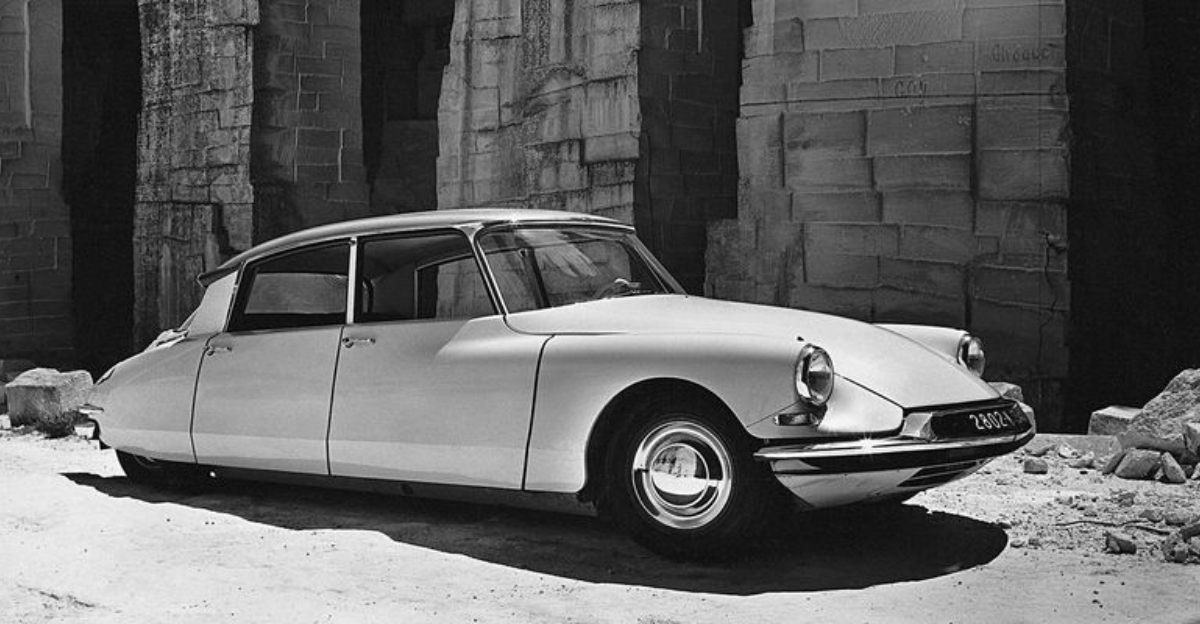
Growing up near a classic car museum, I developed a soft spot for automotive oddities that break the mold. Some vintage cars look downright bizarre yet possess an undeniable charm that makes them cooler than their mainstream counterparts.
From bubble-shaped micro-cars to vehicles with aircraft-inspired designs, these weird classics have personality in spades.
1. BMW Isetta: The Rolling Egg
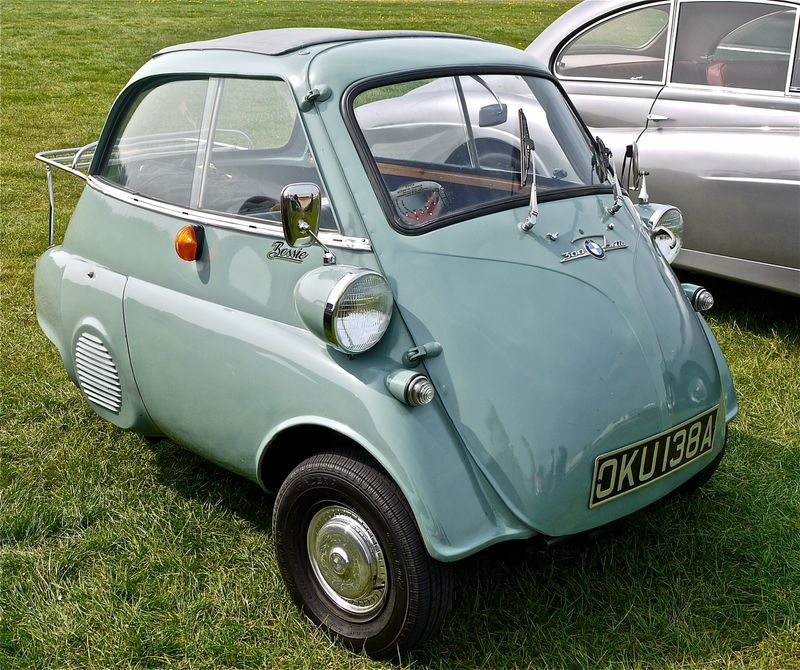
Front door? Try only door! The BMW Isetta forced drivers to enter through its refrigerator-style front entrance, with the steering wheel swinging out of the way for access. Built in post-war Europe when resources were scarce, this microcar scooted around on just three wheels.
Powered by a motorcycle engine, the bubble-shaped oddity could hit a blistering 45 mph while delivering 50 mpg – revolutionary efficiency for the 1950s. Steve Urkel’s ride of choice had serious eco-cred before it was cool.
2. Citroën DS: The Flying Saucer
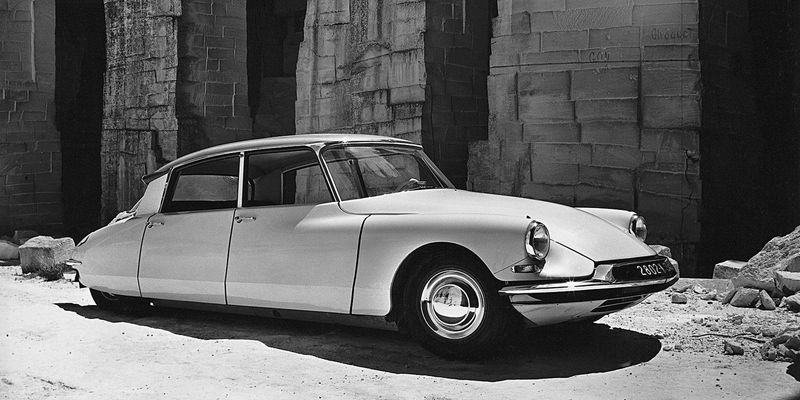
Debuting at the 1955 Paris Motor Show, the Citroën DS captivated with its otherworldly aesthetic. Its hydropneumatic suspension adjusted height at a switch’s flick, gliding like a dream.
Dubbed “The Goddess,” its sleek form and single-spoke wheel evoked the future, with the ability to roll on three wheels if a tire failed, a feat few rivals matched.
3. Stout Scarab: The First Minivan
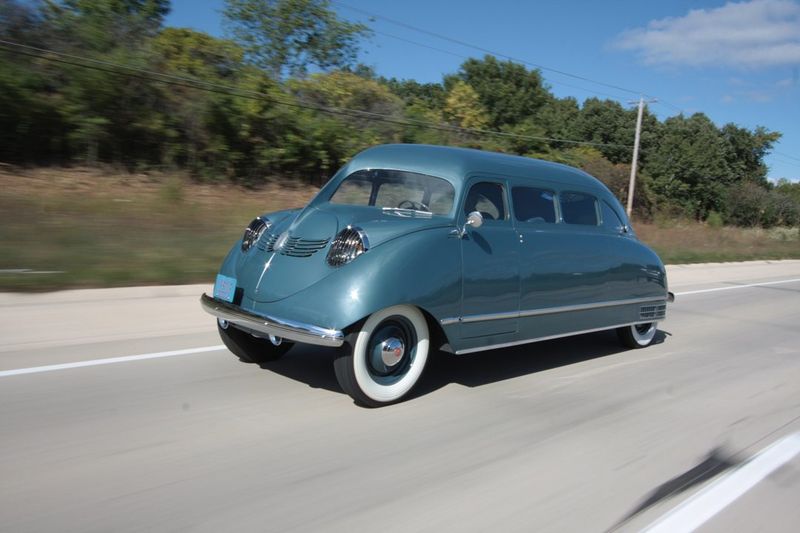
Before soccer moms cruised in Dodge Caravans, the 1936 Stout Scarab pioneered the minivan concept with beetle-inspired styling. Only nine were ever built, making this aluminum-bodied curiosity rarer than most Ferraris.
Inside lurked revolutionary features like a conference-style seating arrangement with movable chairs and a table. The rear-mounted engine created massive interior space decades before VW’s Microbus.
Wealthy owners could even install a tiny refrigerator – pure luxury for Depression-era road trips!
4. Amphicar: The Swimming Convertible
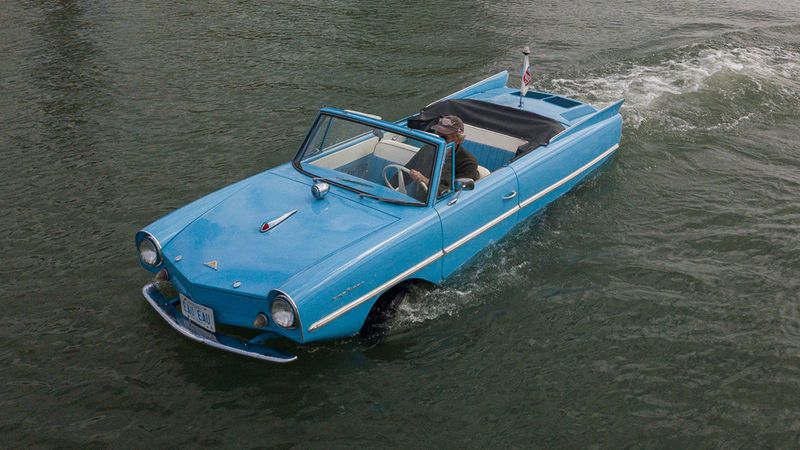
President Johnson delighted in startling guests by plunging his Amphicar into lakes, feigning brake issues. This 1960s German marvel shifted from auto to boat with a lever, its twin propellers cruising at 7 mph on water.
Bilge pumps kept riders mostly dry, blending road and sea maintenance in a ride hailed as both car and vessel supreme.
5. Reliant Robin: The Tippy Triangle
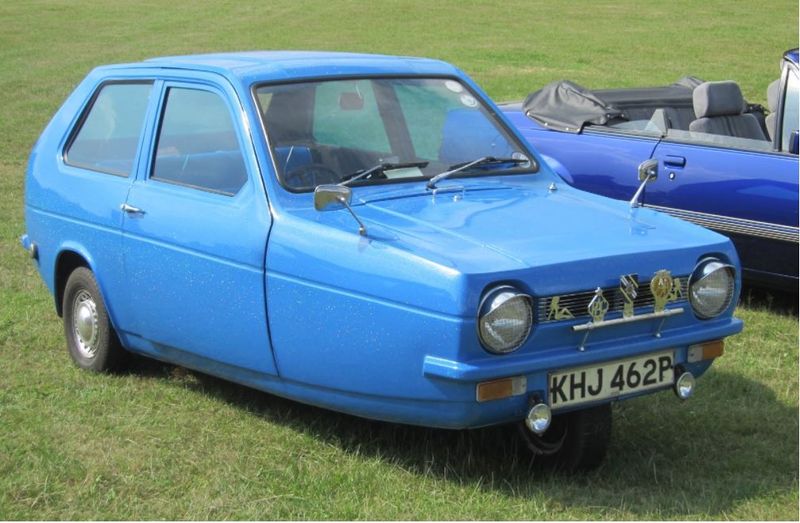
Famous for its tendency to roll over during sharp turns, the three-wheeled Reliant Robin achieved cult status in Britain despite its questionable stability. Technically classified as a motorcycle due to its single front wheel, the fiberglass-bodied Robin allowed motorcycle license holders to drive a “car.”
Mr. Bean’s nemesis vehicle appeared in countless comedy sketches, most memorably in Top Gear when Jeremy Clarkson repeatedly flipped one over. Owners developed a special turning technique: slow down, straighten wheel, then turn gently!
6. Fiat Multipla: The Alien Frog
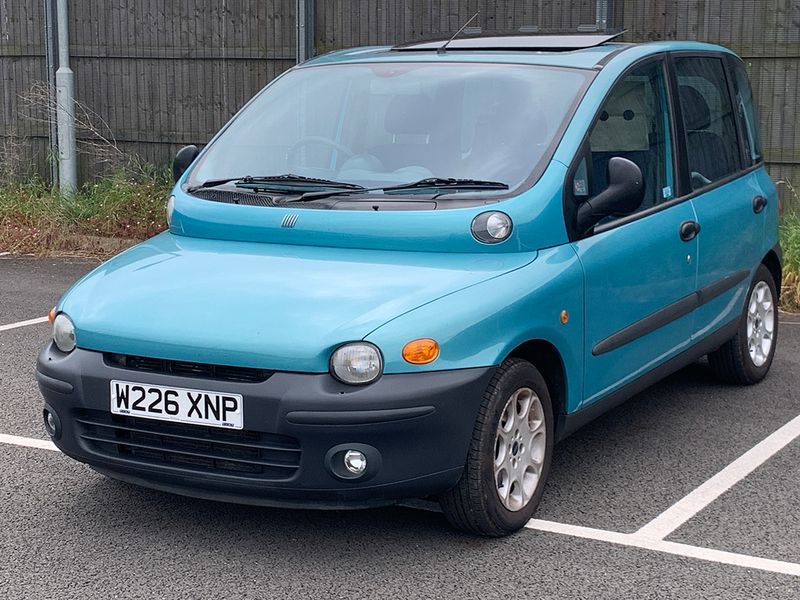
Often deemed among the least attractive autos, the original Fiat Multipla’s stacked headlights and bulbous canopy suggested an amphibian in flux.
Yet its ingenious layout seated six adults in a compact frame, winning Italian families’ hearts for practicality, even as critics winced at its unconventional form.
7. Tucker 48: The Car of Tomorrow
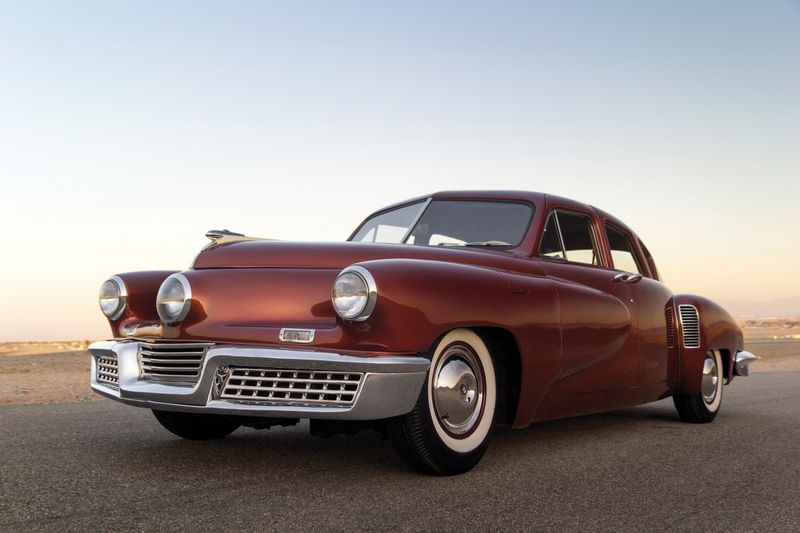
Preston Tucker’s revolutionary sedan featured a third headlight that turned with the steering wheel – illegal in most states at the time! His 1948 masterpiece packed safety features decades ahead of competitors: padded dashboard, pop-out windshield, and a reinforced safety cell.
The rear-mounted helicopter engine and individual torque converters for each wheel were engineering marvels. Sadly, only 51 were built before Tucker’s company collapsed amid controversial SEC investigations.
8. Messerschmitt KR200: The Fighter Pilot’s Commuter
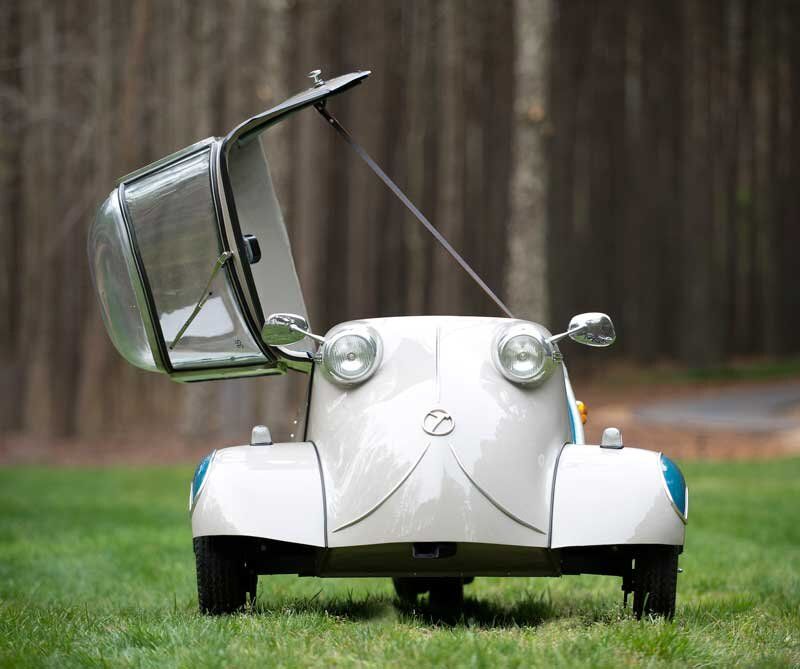
When WWII aircraft manufacturer Messerschmitt was temporarily banned from making planes, they built tiny cars instead. The resulting KR200 “Kabinenroller” (Cabin Scooter) featured aircraft-inspired tandem seating accessed through a fighter-plane-style bubble canopy that hinged sideways.
Drivers steered using motorcycle-style handlebars while shifting with their left hand. The tiny 191cc engine puttered along while the passenger sat directly behind the driver, just like in a cockpit. Parking was a breeze – owners could literally pick up the rear and position it manually!
9. Subaru 360: The Ladybug
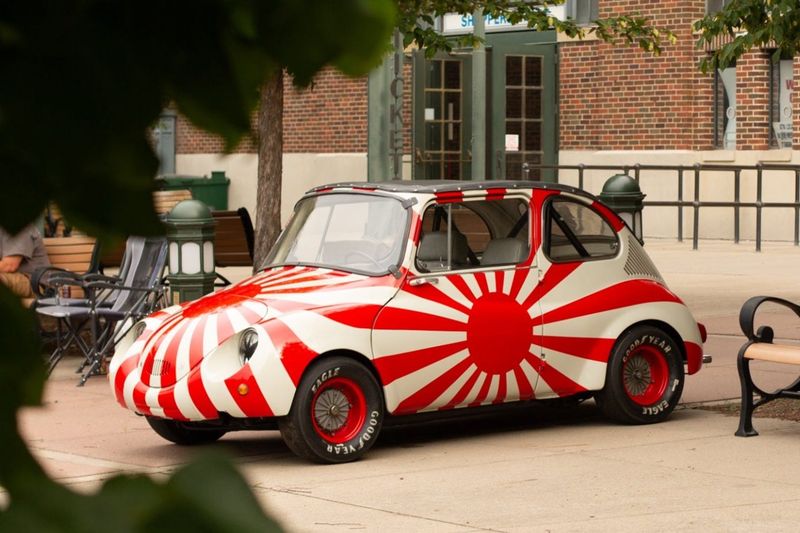
Marketed in America with the slogan “Cheap and ugly does it!” the Subaru 360 embraced its underdog status with cheerful aplomb. Weighing under 1,000 pounds, this Japanese microcar dodged American safety regulations by being classified as a motorcycle.
Its rear-mounted two-stroke engine buzzed like an angry sewing machine while producing a whopping 16 horsepower. The tiny doors opened suicide-style, adding a touch of unexpected drama.
Early models featured fiberglass bodies and a single windshield wiper that parked vertically in the center!
10. AMC Pacer: The Fishbowl on Wheels
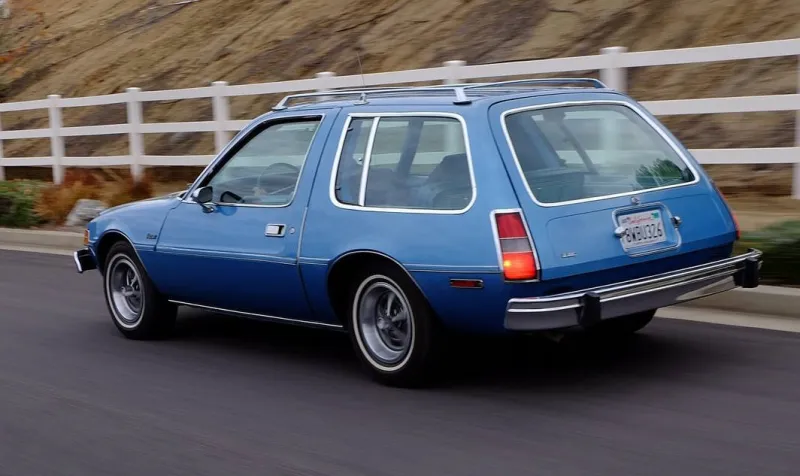
Wayne and Garth’s “Mirth Mobile” in Wayne’s World began life as AMC’s attempt to reinvent the American car. The Pacer’s greenhouse offered 37% more glass than typical cars, creating a fishbowl effect that made privacy impossible but visibility unmatched.
Originally designed for a rotary engine that never materialized, AMC stuffed a traditional straight-six under the hood instead. The passenger door was intentionally 4 inches longer than the driver’s side to ease rear-seat access.
Owners quickly discovered the greenhouse effect turned unair-conditioned models into rolling saunas!
11. Peel P50: The World’s Smallest Car
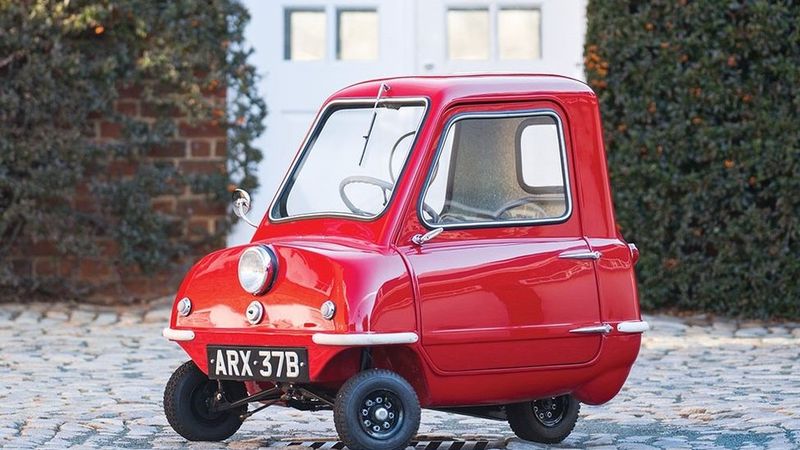
Smaller than some office desks, the Peel P50 holds the Guinness record for the smallest production car ever made. This British microcar had no reverse gear – instead, drivers grabbed a handle at the rear and physically turned it around when needed.
Built on the Isle of Man, the single-seater had just enough room for one adult and a shopping bag. Jeremy Clarkson famously drove one through BBC offices, into elevators, and right up to his desk.
Modern replicas sell for $15,000 – about $1,000 per cubic foot of car!
12. Trabant: The Communist Cardboard Car
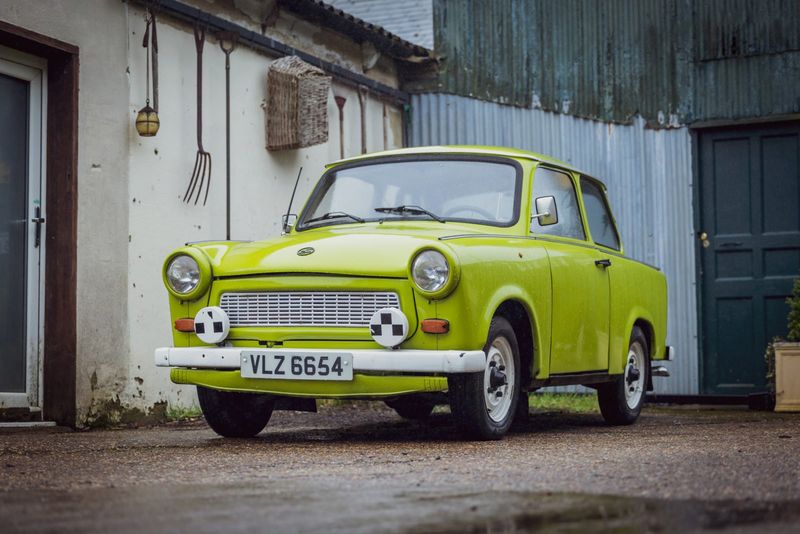
East Germany’s answer to people’s transportation was the Trabant, lovingly nicknamed “Trabi” by owners who waited up to 16 years on delivery waiting lists. Its body wasn’t metal but Duroplast – recycled cotton waste and phenol resins that resembled cardboard but was surprisingly durable.
The two-stroke engine belched blue smoke while producing 26 horsepower. Drivers checked fuel level with a dipstick since there was no gauge. When the Berlin Wall fell, thousands of abandoned Trabants littered Western Europe as their owners upgraded to Western vehicles at the first opportunity.
